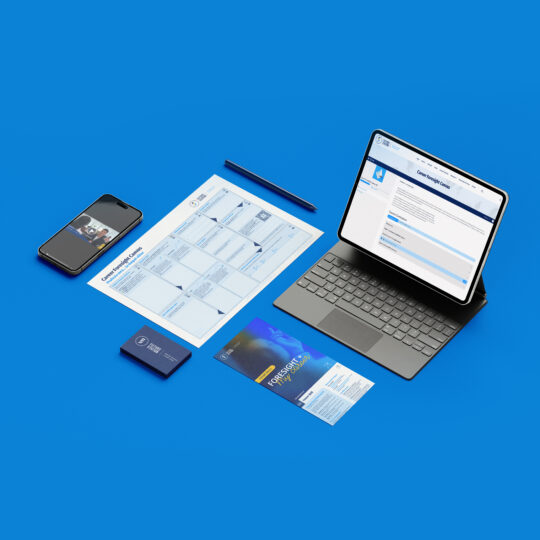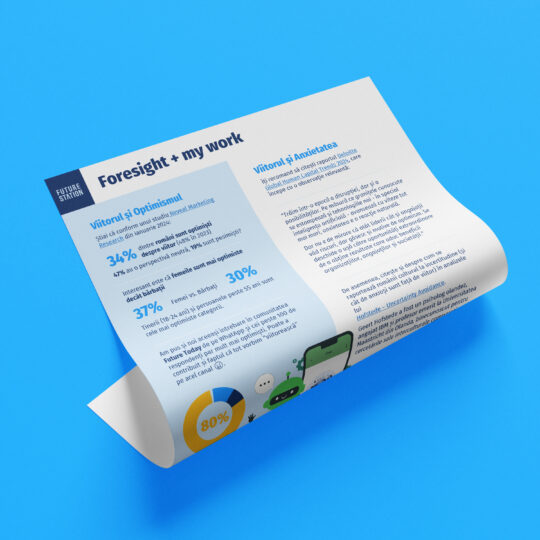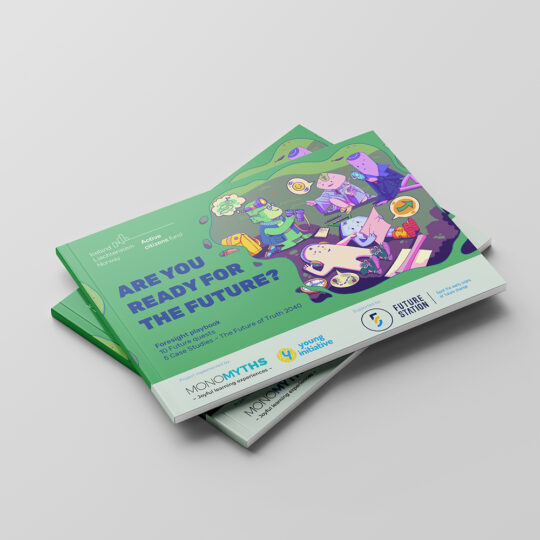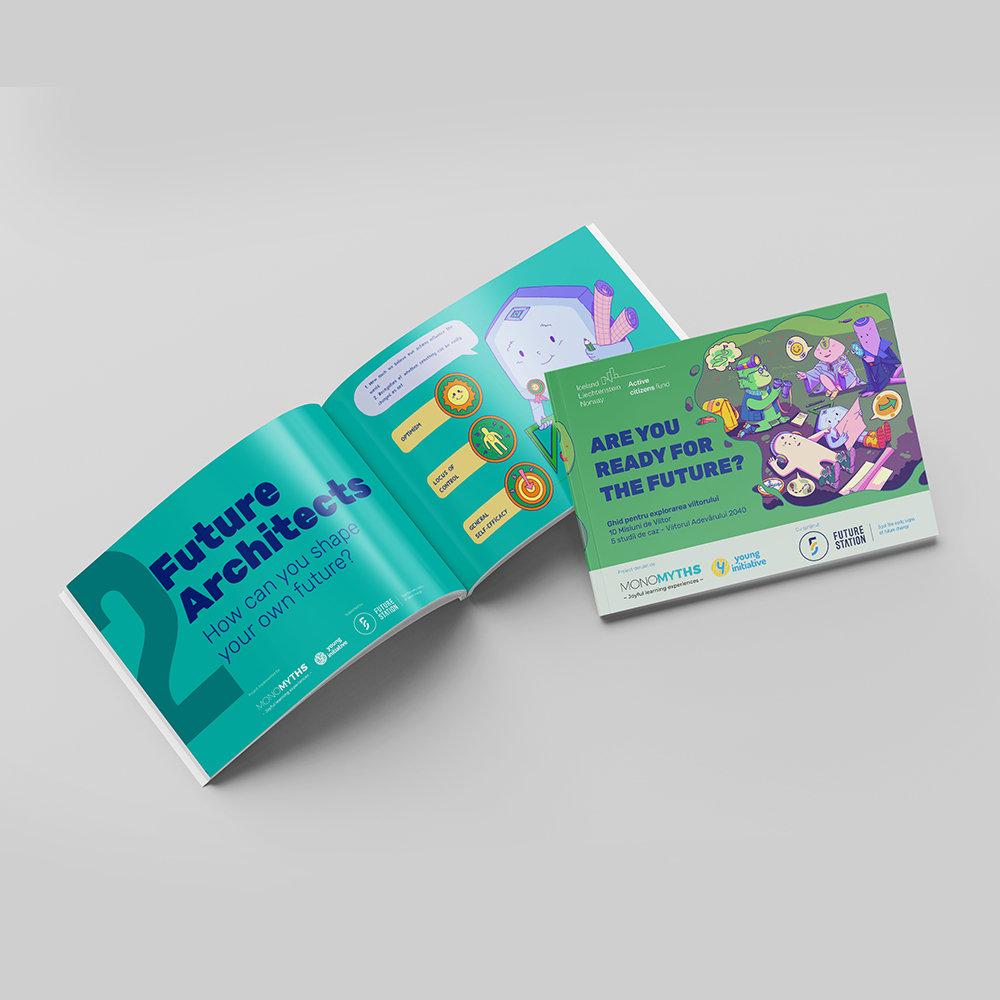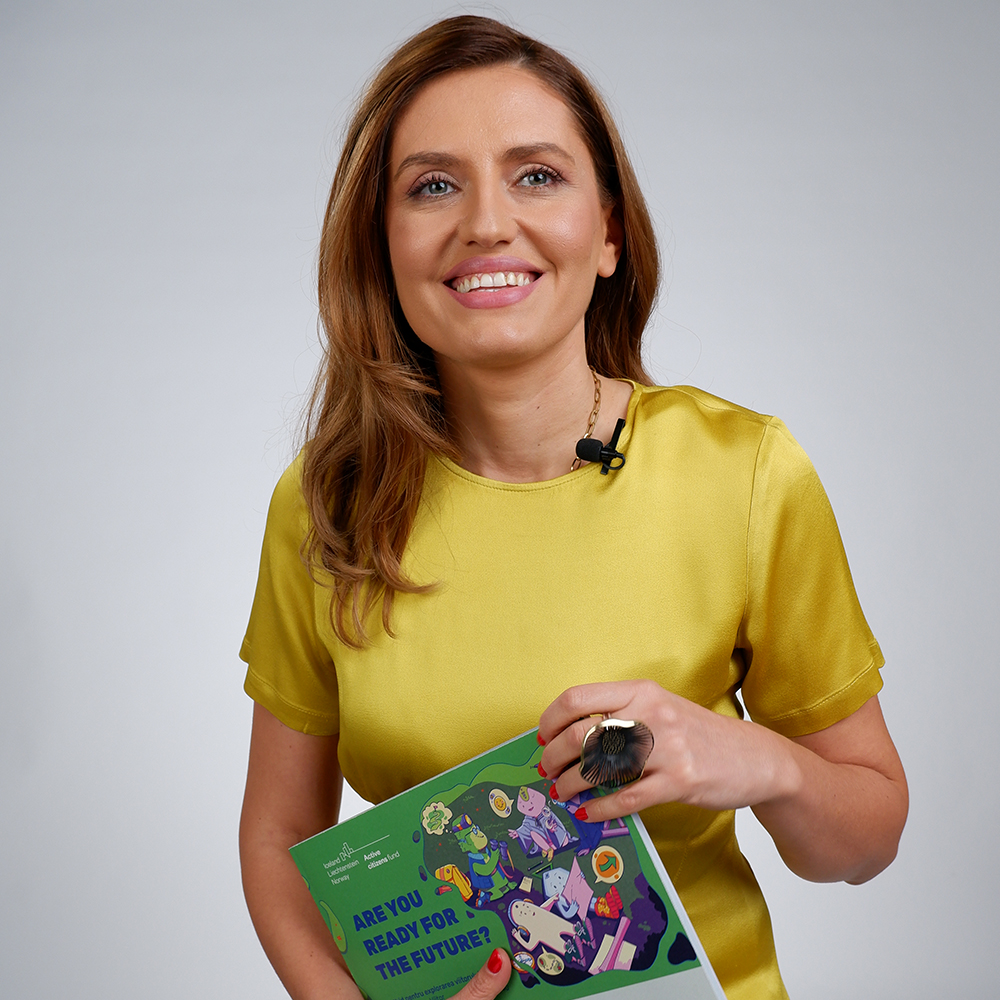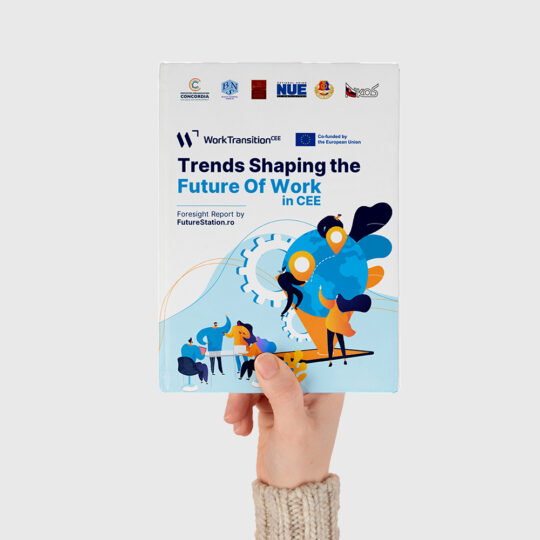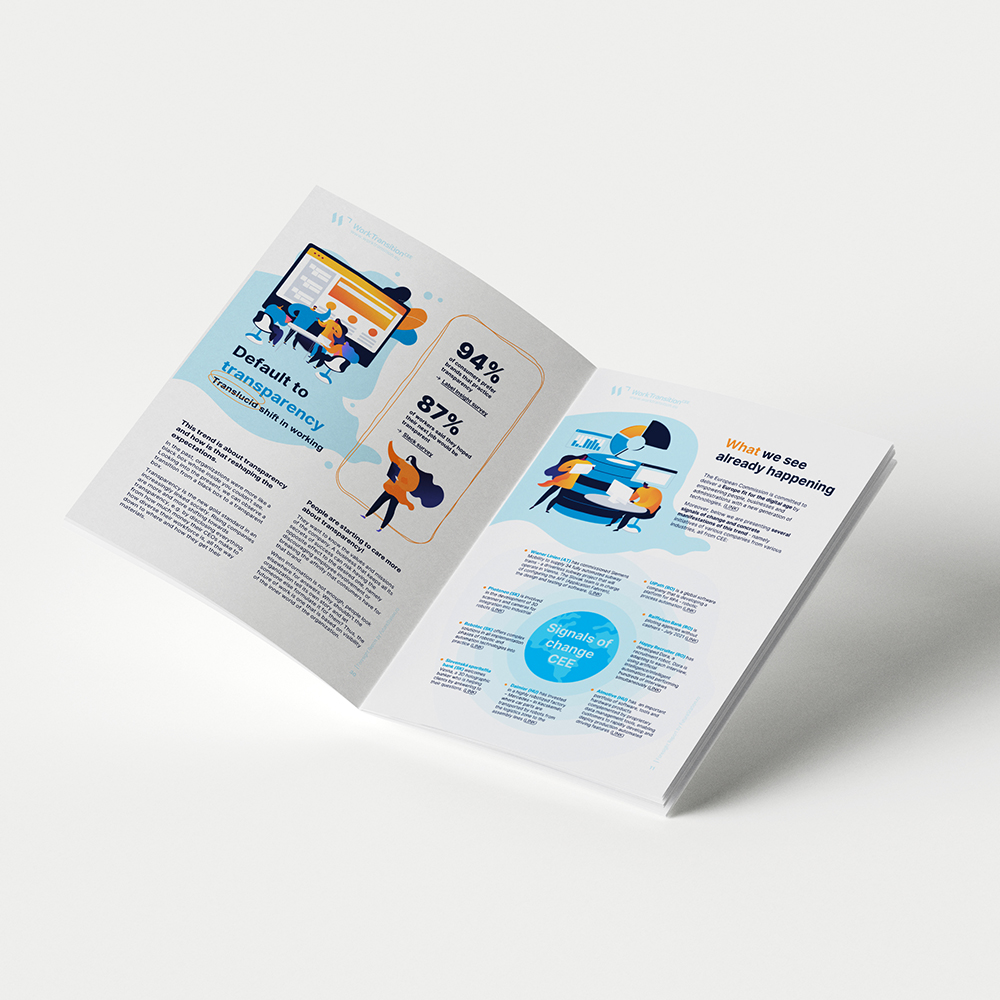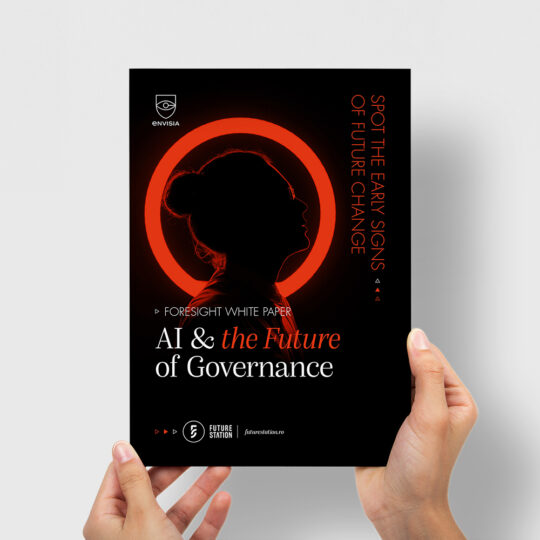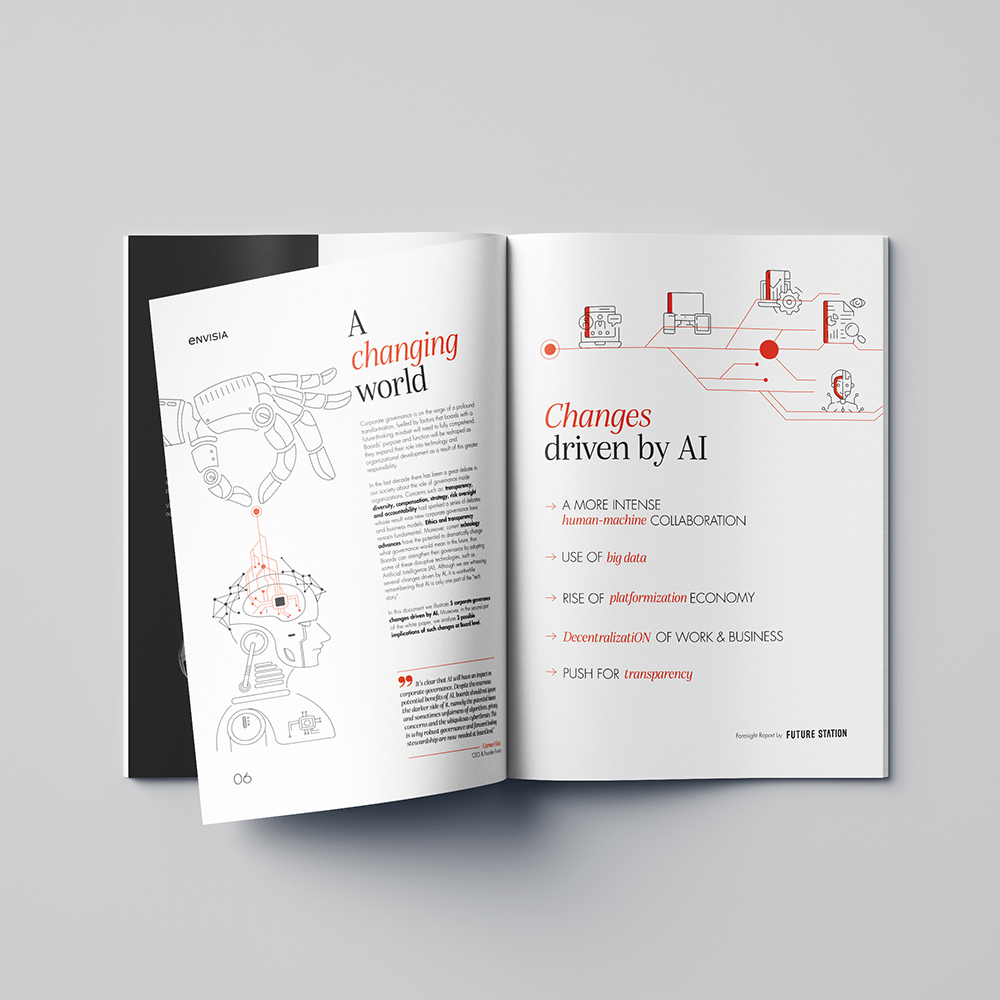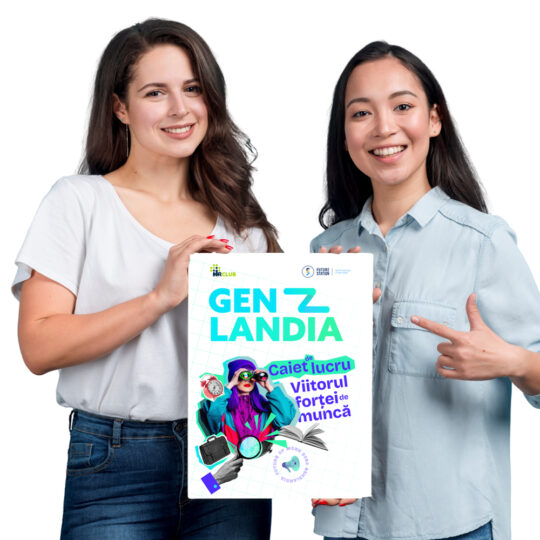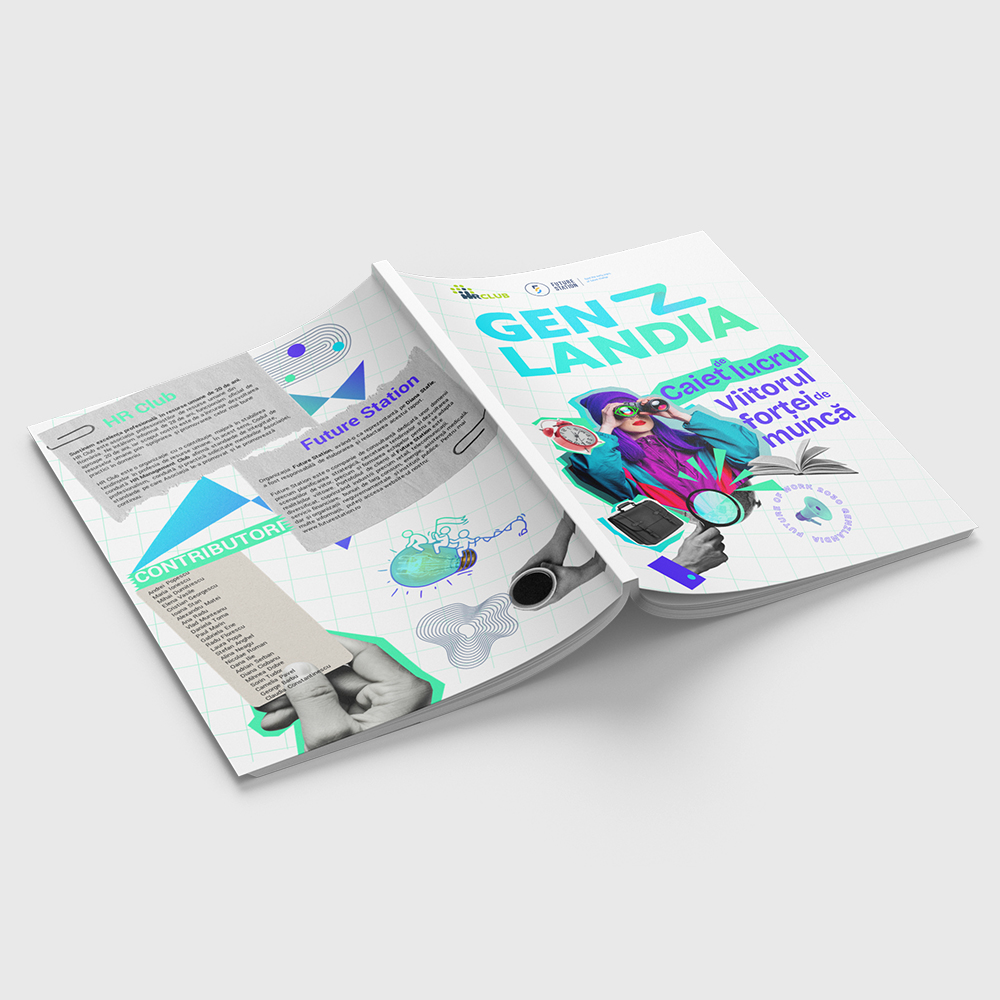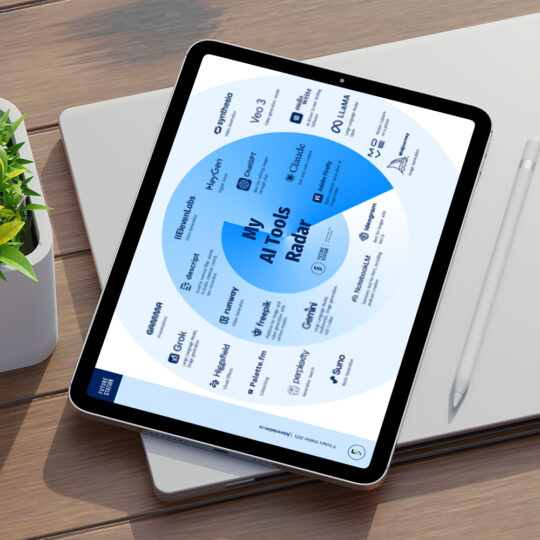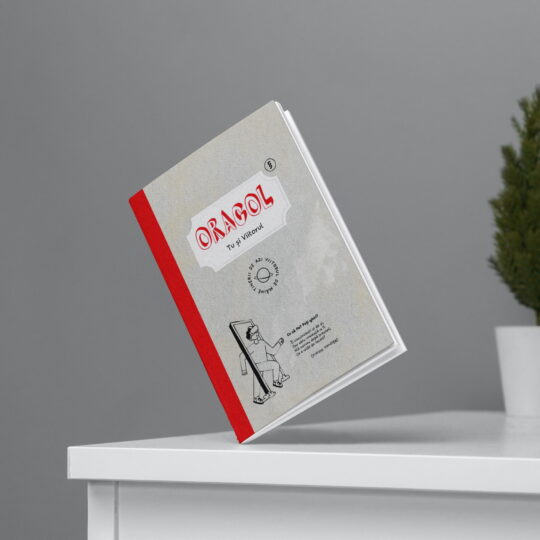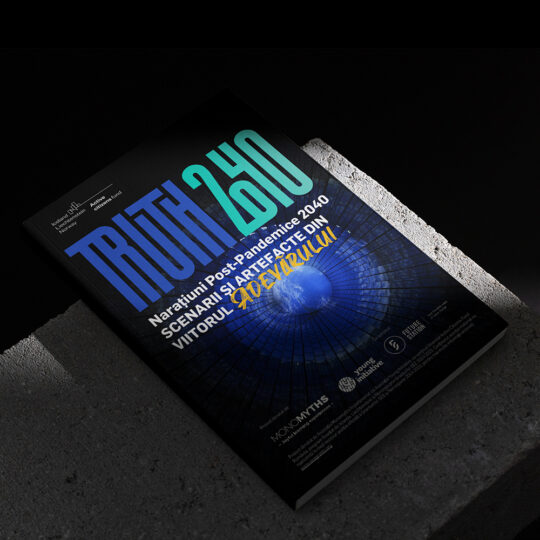Do you know what are possible future scenarios for your industry?
Let’s explore them together! →
Scenario Planning:
Navigating uncertain futures
Scenario planning is a structured process for envisioning alternative futures, exploring potential impacts of different events, and developing strategies to adapt to changing circumstances. In today’s complex world, uncertainty isn’t just a challenge – it’s an opportunity. Through systematic consideration of possible scenarios, rather than relying on a single predicted future, organizations can transform uncertainty from a threat into a strategic advantage.
Think of scenario planning as Waze for your business. Just as Waze shows you alternative routes, alerts you to obstacles ahead, and helps you reach your destination efficiently, scenario planning guides organizations through uncertainty to their strategic goals. And like having Waze’s insights gives you an advantage over drivers using static maps, mastering scenario planning gives your organization a competitive edge in navigating the future.
Leaders who excel in this environment are those with Dynamic capabilities – who can sense, shape, and adapt to emerging futures. By strengthening Anticipatory leadership capabilities, they move from reactive to proactive decision-making, building organizational capacity for change and creating cultures of innovation.
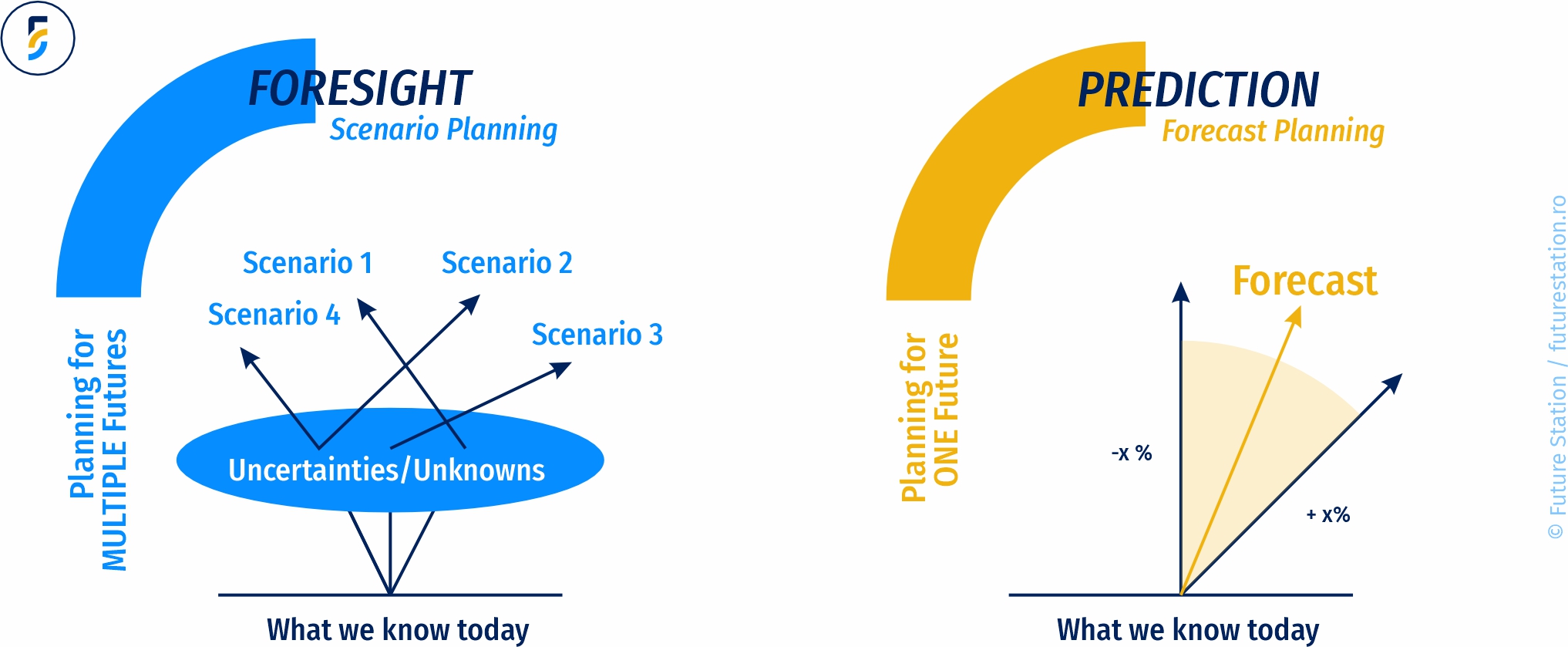
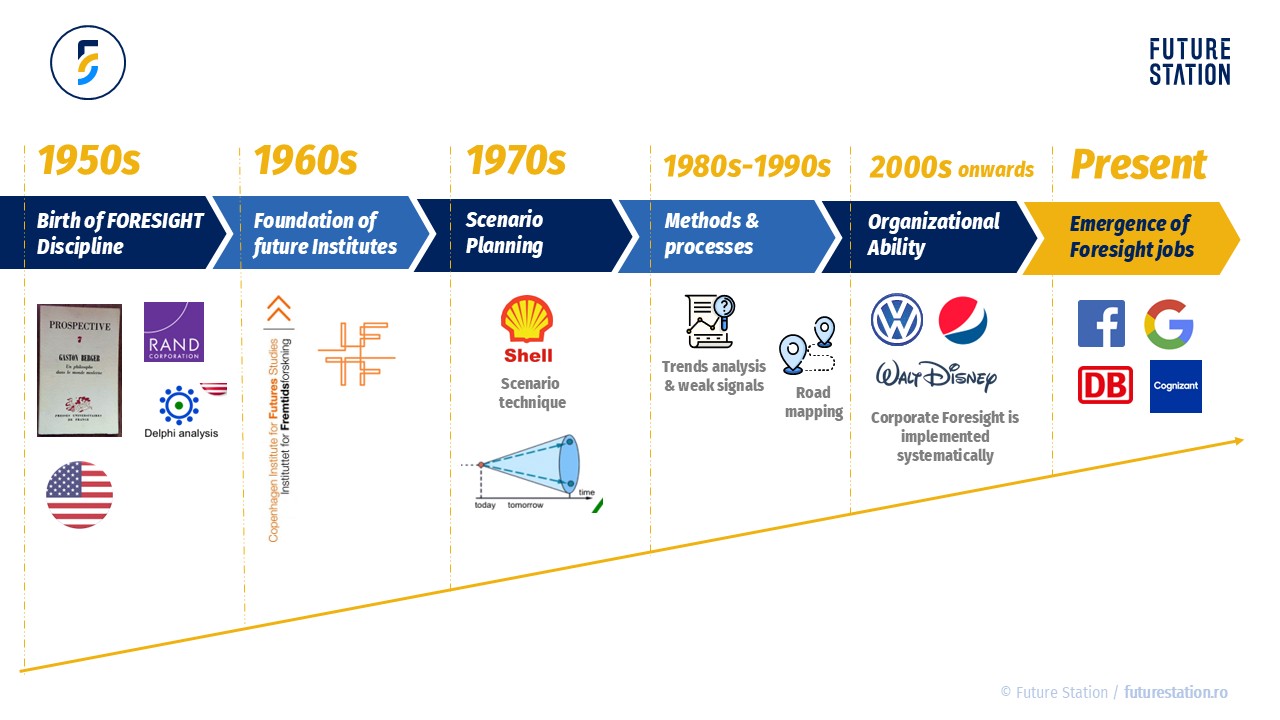
Strategic Planning
Innovation and R&D
Risk Management
Decision-Making
Understanding trends is crucial, but anticipation goes beyond trend analysis.
Through scenario planning, organizations can identify key trends shaping their industry, understand deeper patterns of change, and spot emerging opportunities early.
We design and facilitate scenario planning processes and workshops tailored to your needs:
Through these engagements, we guide you through a proven process that turns uncertainty into strategic advantage:
Identify Key Drivers
Develop future scenarios
Analyze implications
Strategic Planning
Stay alert & adapt
Enter your email and name to receive our comprehensive guide →
• Future of Workforce: Trends and Scenarios for future of workforce in Romania 2030
• Future of Screens: Understanding emerging display technologies and their impact
• European EV scenarios for 2030: Four scenarios for the European electric vehicle industry
• Life at home Scenarios by IKEA: How IKEA Retail imagines life at home in 2030
• Scenarios for the future of automotive supplier industry
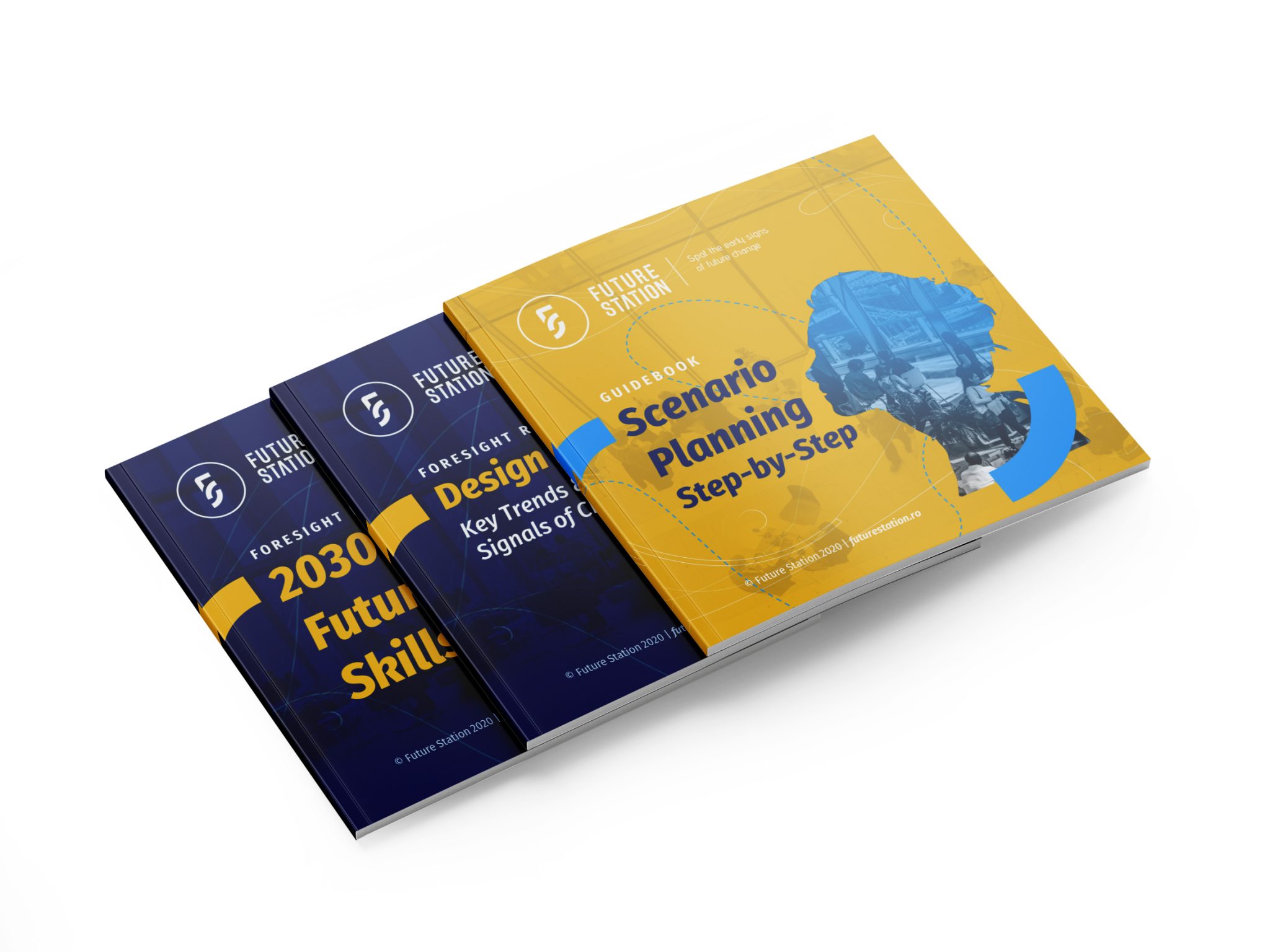
Here are some of the most effective scenario planning tools. We encourage you to adapt them based on your needs and context:
Imagine to Act. The future is our greatest source of imagination.
Through scenario planning, we don’t just prepare for change – we actively shape it. By imagining challenging yet hopeful futures, we create the momentum for meaningful action today. Let’s envision futures that inspire and drive positive transformation.
Schedule a consultation | Get detailed worksheets | Begin your scenario planning journey
- Here is a great HBR article explaining Scenario Planning applications by using Shell as an example.
- And here is a MIT article explaining the difference between Scenario Planning and other planning methods, such as contingency planning.
- World Economic Forum: “Strategic Foresight: A Guide to Scenario Planning”
- McKinsey Quarterly: “Winning in Uncertain Times Through Scenario Planning”
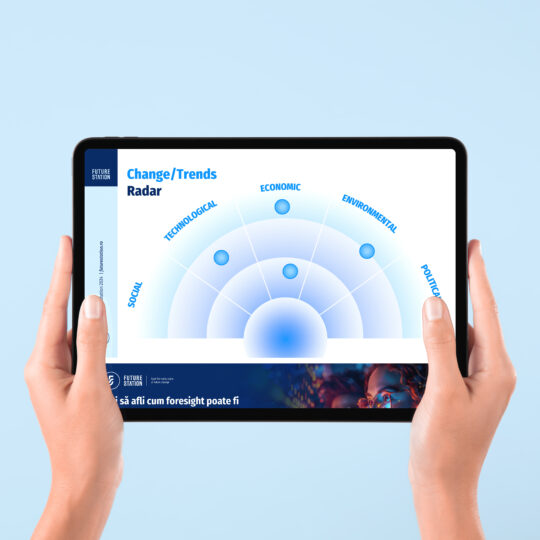 Change/Trends Radar
Change/Trends Radar 



